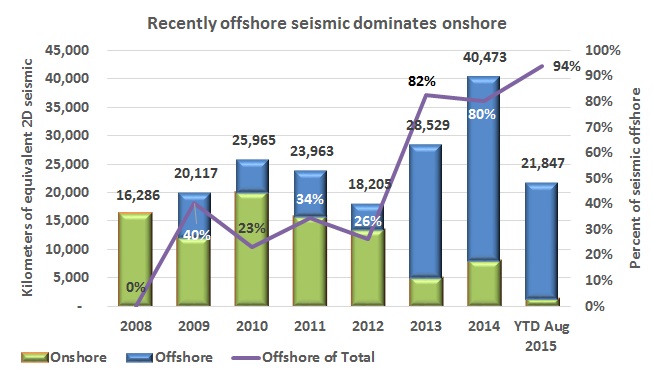A report from security consulting firm Ágora confirms that it is not only pipeline and infrastructure explosive attacks that have dropped in 2015, but also extortion against hydrocarbons firms and kidnapping, with common criminals the main culprit.
The Ministry of Mines and Energy (MinMinas) and the Energy & Gas Regulation Commission (CREG) said they will regulate long term contracts signed in 2013 and 2014 so that they cannot rise faster than inflation.
The new president of the Colombian Association of Oil Engineers (ACIPET) Juan Carlos Rodríguez has taken up his role and says that the industry cannot use oil prices as an excuse for a crisis, and complemented authorities on the measures taken thus far, but sees a need for more fiscal relief.
Navigating the issue of indigenous rights and adhering to the prior consultation processes is one of the challenges of a responsibly managed project, and in Latin America the experience has some notable differences to the rest of the world.

After a brief ray of sunlight in 2Q15, reality – in the form of a slowdown in the Chinese economy – sent oil prices lower, lower even than they were in 1Q15. However, September showed some signs of improvement driven (unfortunately) by troubles in the Middle East and to some extent by evidence of lower US production.

The president of the Colombian Chamber of Oil Goods & Services (Campetrol), Rubén Darío LIzarralde warns that “he who does not explore, does not produce”, citing a 19% drop in exploration investments among the eight largest operators in 2015.
Fuel retailer Terpel says that it is investing to innovate its service stations in order to create more loyal customers, and despite the fall in oil prices and a weak Colombian peso, its president Sylvia Escovar expects revenue growth this year of 10%.
Blockades kept Ecopetrol (NYSE:EC) from producing 11 million barrels in 2014, and a national paper takes a look at the charges that there are many Community Action Committees (JAC) with a mafia grip on oil activities in many of Colombia’s regions.
The USO’s ongoing collective bargaining with Petrosantander had been described with a more amicable tone in past statements by the union, but apparently there was not enough common ground to reach an agreement, as the negotiation processes closes without an accord.
Despite consistent reports on the sharp drop in exploration activities in Colombia, the president and CEO of GE’s (NYSE:GE) oil & gas division for Latin America, Patricia Vega, says the industry remains more active here than in other producing countries in the region.